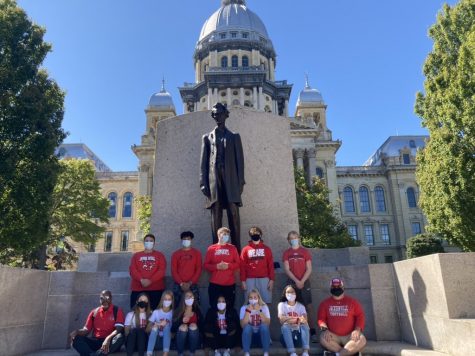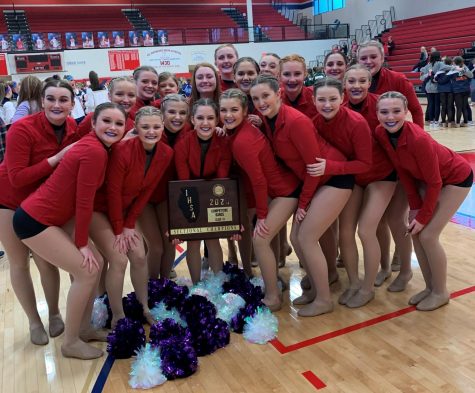Women’s March on Washington 2017
January 27, 2017
This past election has brought about chaos not just in the United States but all around the world. The threat that President Donald Trump poses to immigrants, those of diverse religious faiths, those who identify as LGBTQIA, Native Americans, blacks, women, and many other groups of individuals has torn apart and other groups has torn apart our united nation and has left many people scared of what the future may bring. Inspired to unite the country once again, the Women’s March on Washington was planned and on January 21, 2017 (the day after Trump was inaugurated), over five million people participated in the March worldwide and over one million just in Washington D.C. This protest was designed to emphasize the rights of not only women but everyone everywhere. All defenders of humans rights were encouraged to take action and join the March. The rally took place at 10:00 am and the actual march began at 1:15 pm.
The Women’s March on Washington has inspired other areas in the United States and countries around the world to participate in their own marches called “Sister Marches” for those who were unable to attend in D.C. There were a total of 673 different Sister Marches planned. The Women’s March website includes a list of the many cities in the US and internationally that held Sister Marches. Each of these locations included the date, time, and location. Many of these areas included rallies of their own with prominent and passionate speakers keeping the meaning of the March ringing throughout the world. The Women’s March Global is a proactive international movement (not a US election-based protest). It’s purpose is simple for the Women’s March on Washington: to simply invite others who recognize and support the right of women and humans in general and promote equality.
In order to keep the purpose of the March alive, the Hear Our Voice campaign was organized and issued the 10 Actions for the First 100 Days (referring to the first 100 days of Donald Trump’s presidency). This plan was designed to create a new “action” every 10 days to keep the voices of the March ringing loud. So far only the first action has been release and can be found on www.womensmarch.com. The first action consists of writing a postcard to the participants’ state senators describing what matters most to them and how they plan to keep fighting for it in the future. The site provides steps to insuring the action is completed and encourages its participants share their message through the hashtag #WhyIMarch.
The next action has not yet been released; however, for those interested, there is a place to sign up on the website to receive notifications for the upcoming actions. Until then, for those who share the same beliefs, the Women’s March on Washington encourages those to keep its mission and vision in mind: “We stand together in solidarity with our partners and children for the protectors of our rights, our safety, our health, and our families–recognizing that our vibrant and diverse communities are the strength of our country.”






